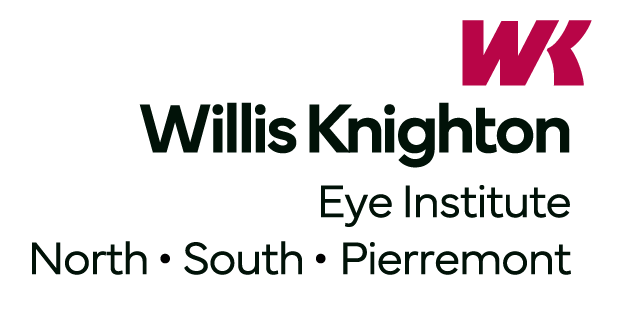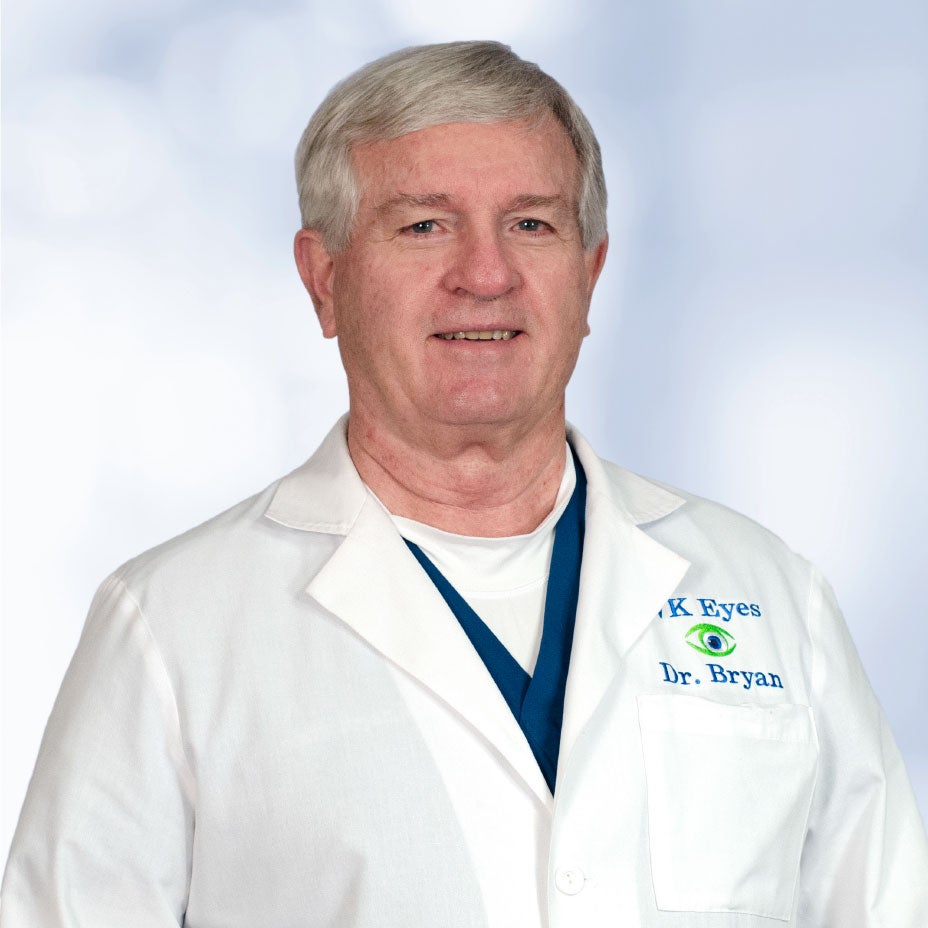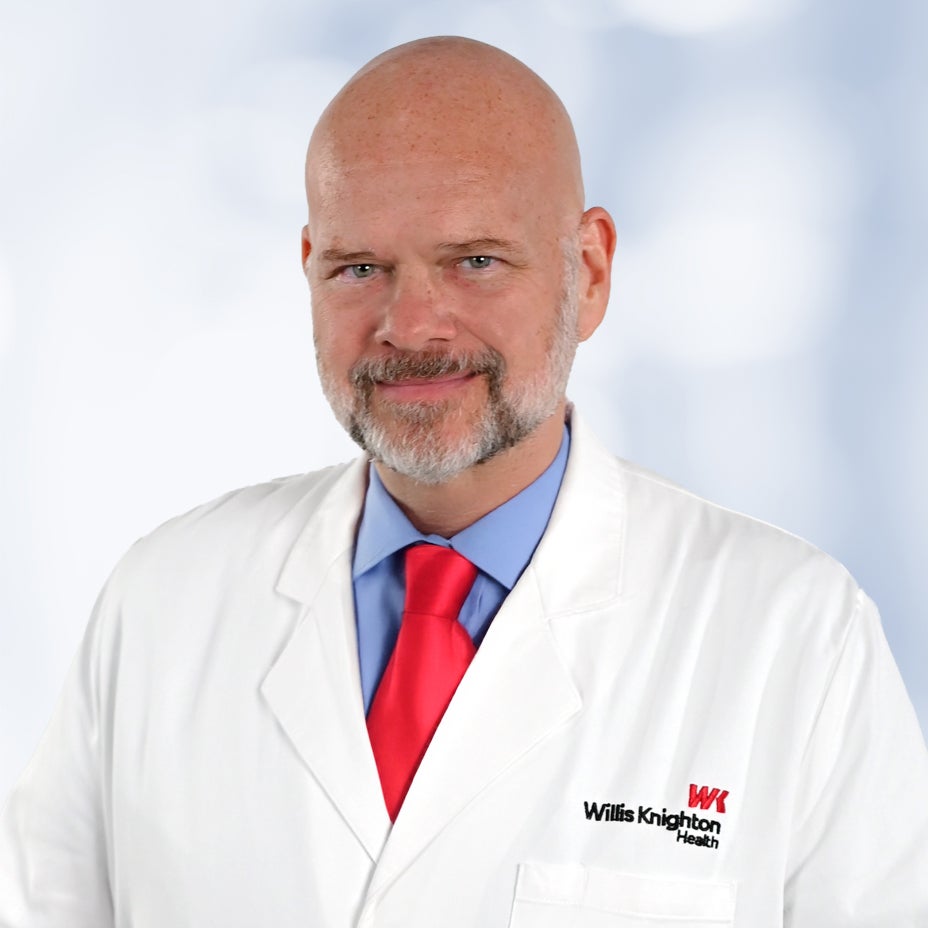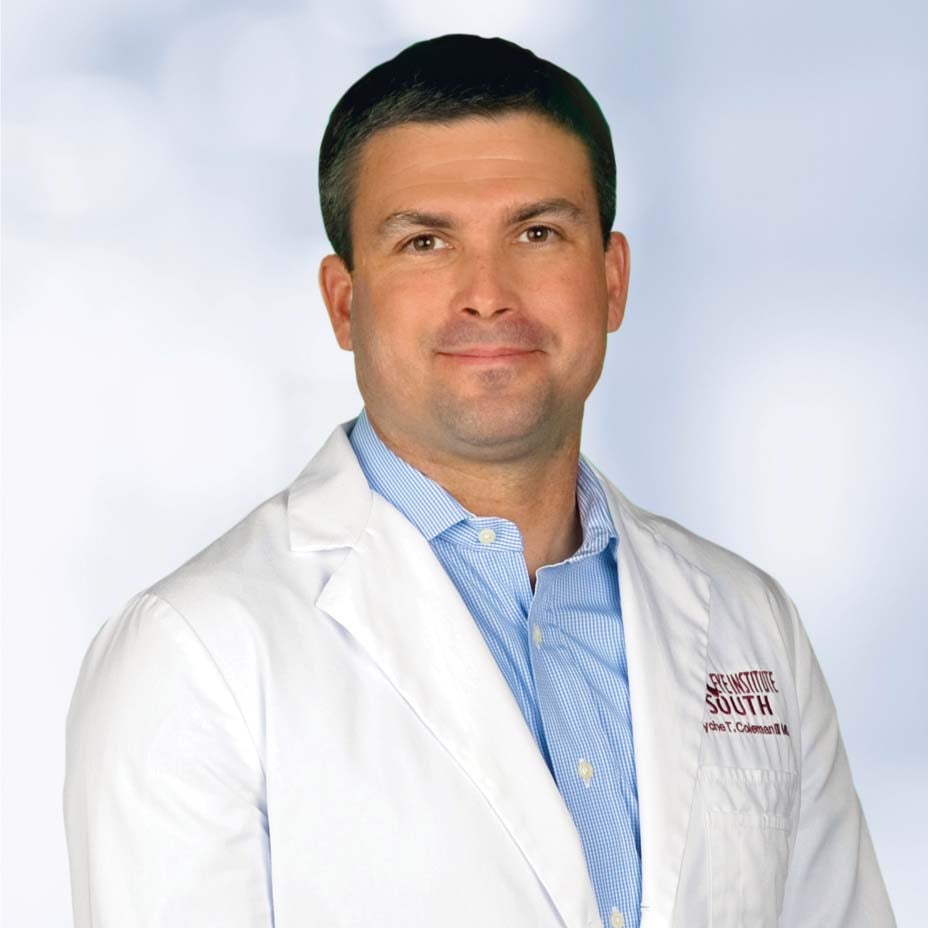Cataract Surgery
Cataract surgery is removal of the human lens and implantation of an artificial lens implant. The purpose of cataract surgery is simply to improve vision. The procedure is performed under local anesthesia with mild conscious sedation. Topical anesthesia in the form of drops is used to numb the eye. Incisions are made on the surface of the eye with a small blade called a keratome or with the LenSx femtosecond laser. Your lens, which is the cataract, sits in a bag directly behind your pupil. This bag is opened and the cataract is gently removed using an ultrasound machine. Once the cataract is out, the bag is cleaned and an artificial lens implant is placed inside your eye. The majority of the time, cataract surgery is performed without stitches because the incisions are very small and heal quickly. Most patients notice an immediate improvement in vision with maximum benefit usually noticed within a few days.
The following Willis Knighton Eye Institute doctors offer this procedure:
Lens Options
At the time of cataract surgery, the human lens (cataract) is removed and replaced with an artificial lens implant. Our goal with cataract surgery is to give patients as much freedom from glasses and contact lenses as possible. Depending on our patients’ visual needs, we have several lens options:
- Standard Lens – This is also known as a monofocal lens, meaning that this lens can correct one aspect of seeing (near or far). The standard lens can be used to correct distance vision, near vision or be mixed to allow for monovision.
- Toric Lens – This lens corrects astigmatism. Astigmatism is simply the way the front of the eye is shaped. If not corrected, astigmatism causes a doubling or shadowed images with distance and near vision. Astigmatism is the most common reason why, after cataract surgery, patients need eyeglasses. The toric lens can correct large amounts of astigmatism, giving patients the best possible chance of being free from glasses.
- Multifocal Lens – A multifocal lens implant corrects both distance and near vision and presbyopia, which is the loss of reading vision as we get older. Multifocal lens implants give patients the best possible chance of never needing eyeglasses following cataract surgery.
Cataract Surgery Cost
Most insurance and Medicare will cover cataract surgery and the standard monofocal lens implant. Toric and multifocal lens implants and the LenSx laser are not covered by insurance or Medicare and require out-of-pocket costs to the patients.
Routine Cataract Surgery Procedure
Cataract surgery is a surgical procedure performed with local anesthesia and conscious sedation so it is required that patients have someone bring them to the Willis Knighton Eye Surgery Center and then take them home when surgery is completed. You cannot eat or drink anything after midnight the evening before. Any routine medications, other than for diabetes, should be taken the morning of surgery with just a sip of water.
Once you have arrived at the Willis Knighton Eye Surgery Center, the nurses will start an IV to give access for the sedatives. They will also verify the eye scheduled for surgery and put drops into your eye to dilate your pupil. Once your pupil has dilated adequately, the surgeon will again verify and mark the eye for the procedure.
You will then be taken to the operating room where IV sedation may be given. You will not be put to sleep but given what is called conscious sedation. In other words, you will receive medication that works quickly, making you not really unconscious but sedated. You will not be aware of the surgery or feel pain during surgery. Your eye and face will then be cleaned and prepped for surgery. After you have been prepped, a drape will be placed over your face to keep the surgical field sterile.
A speculum will be used to hold your eyelids open. An operating microscope will be used to allow the surgeon the best possible view of the procedure. Your cataract surgery will then be performed, generally in about 10 minutes.
After your surgery, the drapes will be removed and a shield will be placed over your eye. You will be transported by wheelchair from the operating room to the waiting room where a nurse will give you some snacks and a drink and review your postoperative instructions.
You will return to the doctor either later that same day or the next day for a follow-up visit.
After Cataract Surgery
Because small incisions are made with cataract surgery, there is generally no need for stitches to close the incisions. It takes about five to seven days for the incisions to regain most of their strength. During that time, you need to wear a shield at night while you are sleeping to prevent any pressure or injury to the operated eye. During the day, we recommend you minimize bending and lifting to lessen your chances of falling or hitting the eye.
Following cataract surgery, you will be required to use medication eye drops to help your eye heal from surgery.
Immediately following surgery, your pupil will be dilated and there will be some swelling at the incision, which both are very normal. After your cataract surgery, your vision will be brighter and colors will be more colorful than before surgery, but you may have some haziness or blurriness. After about 48 hours, the blurriness will resolve and your vision will be clear.
If you have a cataract in both eyes, the second cataract removal is usually scheduled a week later. This allows both eyes to be balanced, which gives you much better overall vision.
It takes about three to four weeks for the lens implant to heal inside the eye. After that time, if you need glasses to improve your vision, they will be prescribed. Most patients can just buy over-the-counter reading glasses for near vision. For those patients who elected to have the toric or multifocal intraocular lenses, eyeglasses will likely not be needed.
Copyright © 2025 Willis Knighton Eye Institute. All rights reserved.






